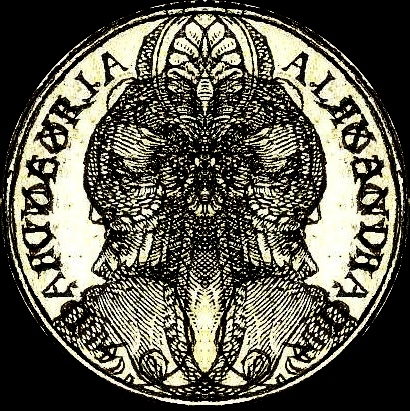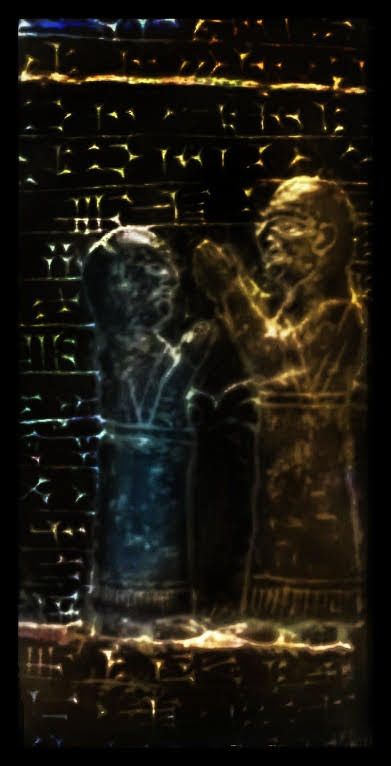Project Guttenberg
Released by The Royal Scottish Archives in 2016 - chronicling the Reformation and union of the Crowns across the pond. (From here) possibly some notes from the participants. A very lengthy study, revealing handwritten letters prior to His death and kept from view all these Years.
So I have this theory that in the intersection of Royal and Servants sits the Knights who protected them but also secretly married. .
Anyway, on the run from religious persecution and certain death I think they had a plan. To bring forth a final end to this long battle for souls here on Earth. Truth is I think John Knox held the secret. But if you can read the attatchment (link above on cilp board).
P.S.
Below shows names of some person's close to the King and court. We see a name suggests a Godson.
You may find something of interest here.
What may be argued is that; many or most people are interested in topics like history and understand it is in the way it's written. Like foul punctuated run on sentences never to reach true scholarship because this guy don't have a " proper" scholarship.
So none of this is gonna get serious attention but it could.

MY EGO
So as the Ego once again confounding and absolutly constructing the Truth of Facts I AM do state that "Through all this nonsence is the sence of Christ
May you be so blessed."
GALLERY
Browse some of our photos.
Protest 2020
June 2020 A man was allegedly murdered by two officers in Minnesota. Protest took place all across the country.
Here is a link down there ⬇⬇ of some after the time line time. ??
**ten years from now 06/ish/2020 may we all smoke together as human beings.
Timeline Established
That guy over there downloaded data.
Certainty he found topics and comments relevant for its time.
Anyhow.....check it out.

























































